Fort Jackson
About Fort Jackson
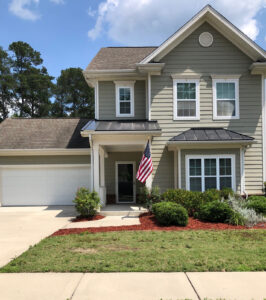 Fort Jackson’s motto is “Victory Starts Here,” which it has taken very seriously since it opened in 1917, just as the U.S. entered World War I. From its inception, Fort Jackson’s main mission has been training. First as a training post for soldiers before they were sent overseas to fight in Europe, it is now the largest and most active initial entry training center in the Army. Its primary mission is “providing the Army with new soldiers.” Fort Jackson trains 50% of all soldiers who join the Army and around 60% of all Army women.
Fort Jackson’s motto is “Victory Starts Here,” which it has taken very seriously since it opened in 1917, just as the U.S. entered World War I. From its inception, Fort Jackson’s main mission has been training. First as a training post for soldiers before they were sent overseas to fight in Europe, it is now the largest and most active initial entry training center in the Army. Its primary mission is “providing the Army with new soldiers.” Fort Jackson trains 50% of all soldiers who join the Army and around 60% of all Army women.
Home of the 165th and 193rd Infantry Brigades and the U.S. Army Soldier Support Institute, Fort Jackson also hosts the Department of Defense Chaplain Center and School, the National Center for Credibility Assessment, and the Drill Sergeants Training School. In addition to all the training programs, Fort Jackson houses the U.S. Army Basic Combat Training Museum. Admission is free, and the museum focuses on the history of the post since its founding in 1917.
Fort Jackson was incorporated into the city of Columbia in 1968 and is located midway between New York City and Miami. The post is a significant contributor to the city’s economy, both as an employer and a “tourist” attraction. Over 100,000 family members descend on the town each year to witness graduations and to spend time exploring Columbia.
Given that Fort Jackson trains 50% of all Army soldiers, it is no wonder it boasts its fair share of notable figures. Desmond Doss, the only conscientious objector to be awarded the Medal of Honor, trained at Fort Jackson during World War II. His military service was the subject of the 2016 movie Hacksaw Ridge. Singer-songwriter Jim Croce also spent time here, as did actor, singer, and dancer Ken Berry. Of particular note to all Star Trek fans, Spock once called Fort Jackson home; actor Leonard Nimoy was stationed in the Special Services division. So perhaps, in addition to “Victory Starts Here,” Fort Jackson will continue to “Live long and prosper” just as it has since 1917.
About Columbia
 Columbia is the capital of South Carolina and the second-largest city in the state. Situated at the confluence of the Saluda and Broad Rivers, where they form the Congaree River, this city of over 820,000 is the county seat of Richland County. It is only 13 miles northwest of the geographic center of the state. Columbia is full of a rich, colorful history and is one of the true Cities of the South.
Columbia is the capital of South Carolina and the second-largest city in the state. Situated at the confluence of the Saluda and Broad Rivers, where they form the Congaree River, this city of over 820,000 is the county seat of Richland County. It is only 13 miles northwest of the geographic center of the state. Columbia is full of a rich, colorful history and is one of the true Cities of the South.
In 1540, Hernando de Soto traveled through what is now Columbia and documented what he observed of the area. For instance, he noted its enviable site on what is known as a fall line (where a river becomes unnavigable by boat and where falling water can power a mill). In 1786, the site was chosen as South Carolina’s capital and named Columbia. Here’s a fun fact: Columbia was one of the first planned cities in the United States, which is evident when you explore downtown. And, of course, what you might remember from your high school history classes is that Columbia was the location of the South Carolina Secession Convention in 1860, officially making the state the first to secede from the Union leading up to the Civil War.

Today, Columbia is the home of Fort Jackson and the University of South Carolina, the state’s flagship (and largest) university. In addition, Columbia’s leadership has spent much of the 21st century focused on revitalizing the city, particularly the downtown area. The old warehouse district has become a fun and eclectic mix of art galleries, shops, and restaurants. New arenas and convention centers have been erected, bringing big-name shows and concerts to the area. EdVenture, the Southeast’s largest children’s museum, opened in 2003, and a premium shopping center, The Village at Sandhurst, was constructed in northeast Richland County.
Columbia boasts a reasonably temperate climate, with average temperatures of 90 degrees (°F) in July and 34 degrees (°F) in January. Average annual rainfall measures 48 inches. This climate is only one of the reasons that Columbia is in the top ten fastest-growing cities with a military population. While you’re stationed here, Columbia should provide ample opportunities for big-city living wrapped in the charm and warmth typically associated with the South. And who knows—you might find that the impressive retiree community is on to something and decide Columbia will be your post-military city, too!
Looking at relocating?
Enter your information below and we will reach out to help the process.
Nearby Neighborhoods
Fort Jackson
The Fort Jackson area is home to hundreds of charming, growing, well-established neighborhoods. Whatever your preference for housing—be it urban, rural, quaint, steeped in charm, or just downright eclectic—you can find it here. Many choose to live on post, although an equal number choose to put down those temporary military roots in many places, both near and far. It is generally best to do significant research if you have children in school. Most schools in the area offer AP, IB, and gifted programs. Still, South Carolina schools, in general, are hit-or-miss, and it’s worth interviewing the school and evaluating all of your options.
Privatized housing is available on post. Two-to-five-bedroom floor plans are offered, with seven of the nine housing areas dedicated to enlisted housing and two areas set aside for officer housing. All communities enjoy walkable, pet-friendly neighborhoods, with playgrounds, picnic areas, and sporting options in addition to a fitness center. Curbside trash and recycling are standard, and all landscaping is taken care of by the on-site management. There is a waiting list, so if post housing is your preference, contact the housing office to get added to the list as soon as possible.
Big Plus
- On-post housing can mean more peace of mind for some.
- Maintenance-free housing can be extremely helpful, especially if your family is considering deployment.
- Two words: No commute!
- There’s a warm, friendly feel to on-post housing at Fort Jackson.
- You’ll live within minutes of downtown Columbia.
Things to Consider
- Research school options, as schools in the area, can be hit-or-miss.
- The waiting list could mean you’ll need alternative housing until on-post
housing becomes available. - Some pet breeds are not allowed.
Columbia/Blythewood
Also known as the Dentsville area, Columbia Northeast is located minutes from Fort Jackson. Many older neighborhoods (the 1960s-1980s) with large lots, including three to four bedrooms and one to three bathrooms. In addition, there are several new neighborhoods and opportunities to build. All boast unique southern architecture and plenty of mom-and-pop-style stores. Blythewood is immediately adjacent to Columbia Northeast and offers many of the same amenities as well as abundant outdoor activities. Although some consider the two areas to be the same if you want to sound local, refer to them separately. Both areas have some of the well-regarded schools near Fort Jackson. Bordered by I-20 E and I-77 N, these areas offer easy access to anywhere you want.
Popular subdivisions: Forest Acres, Woodfield Park, Arcadia Lakes, Heathwood, Cedar Lakes, Ashley Oaks, Cobblestone Park
Big Plus
- School options make this area more desirable for families with school-age children.
- Plenty of housing choices are available in this area.
- These neighborhoods are close to Fort Jackson as well as to big-city amenities.
Things to Consider
- You will have a slight commute to get to Fort Jackson.
- Research specific schools before settling on a particular neighborhood.
- Traffic can be an issue.
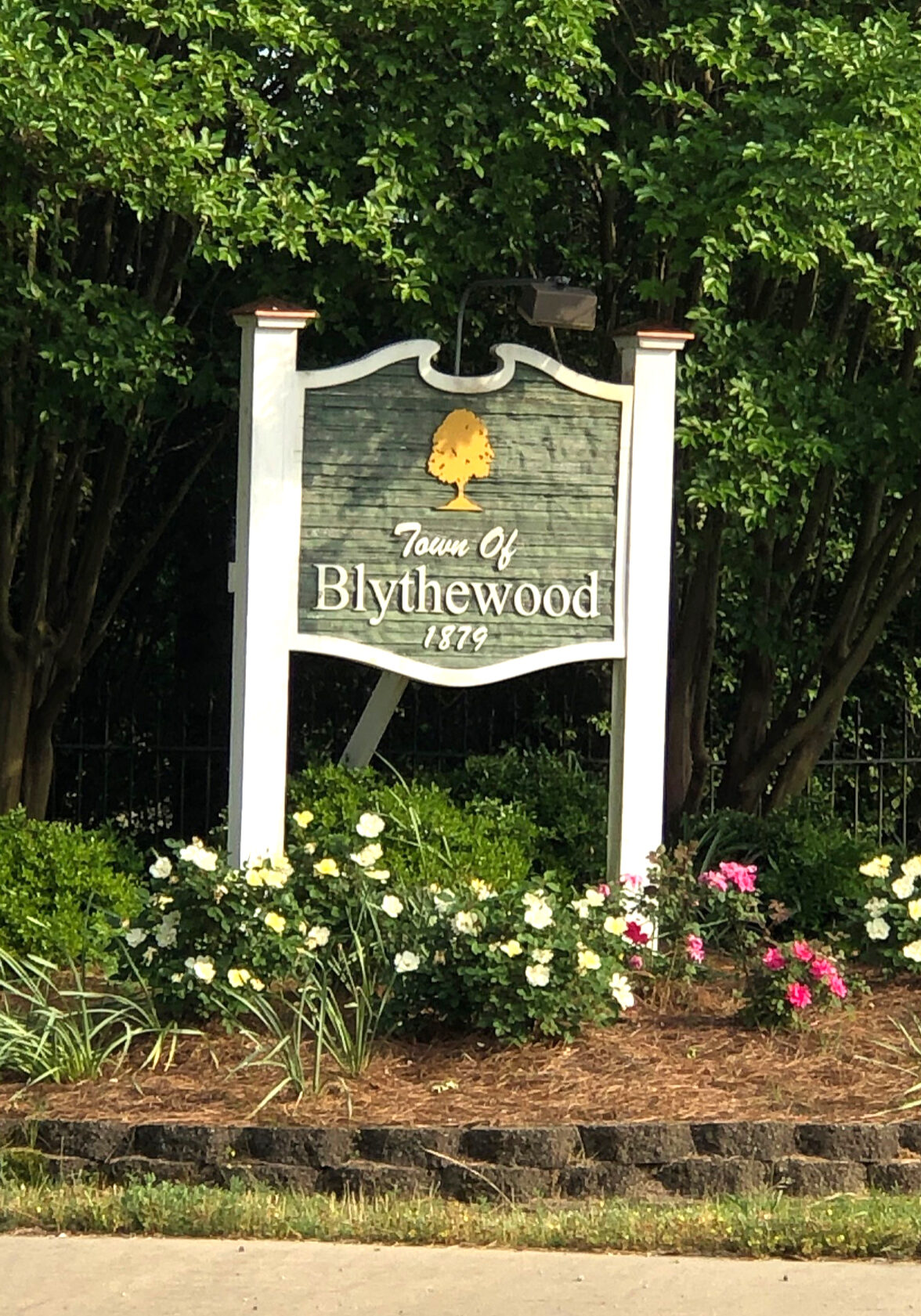
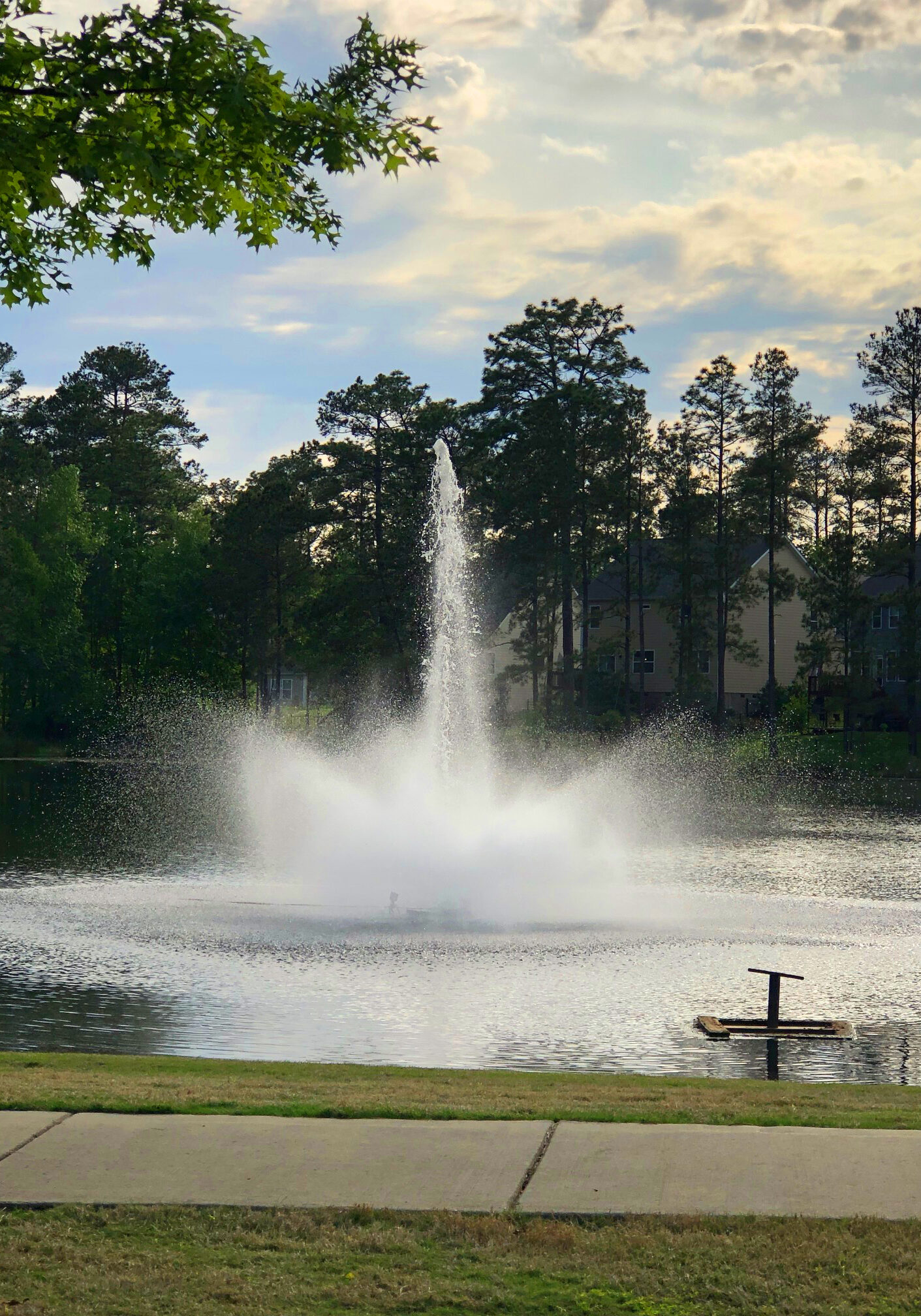
Lugoff
Lugoff is approximately 25 miles from Fort Jackson but boasts an excellent cost of living. While it is far from airports and big-city amenities, this town of around 8,000 is large on charm and rural adventure. Buying power is strong, and you can find some great real estate here. Schools in this area tend to be similar to those closer to Fort Jackson.
Big Plus
- The great cost of living is a significant draw for many.
- More “bang for your buck” real estate is a consideration for those looking to buy.
- It’s hard to beat this area’s rural charm.
Things to Consider
- You’re looking at roughly a 30-minute commute to Fort Jackson.
- This area is a little far from the big city.
- There’s not quite as large of a military population here.
Sumter
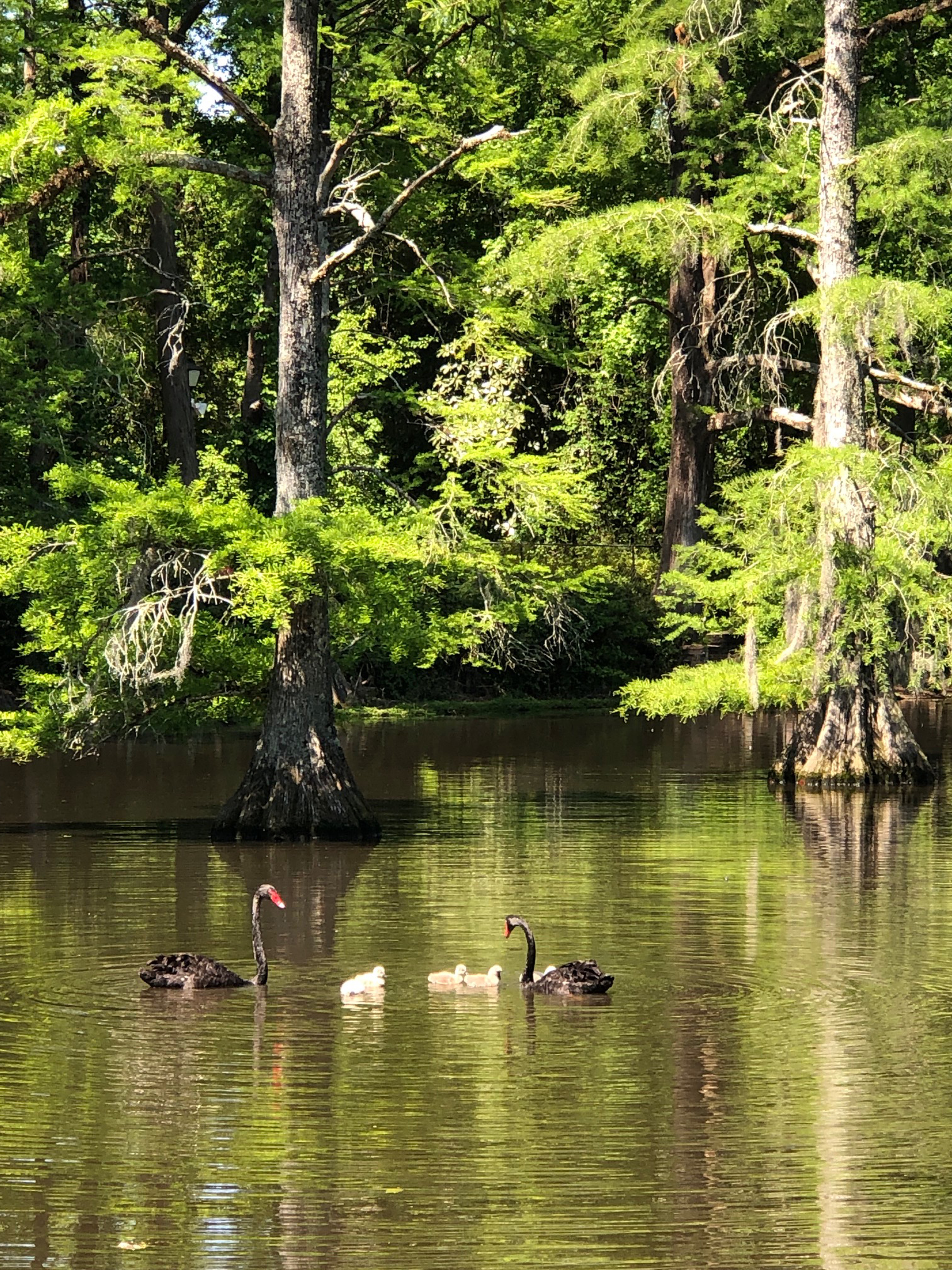
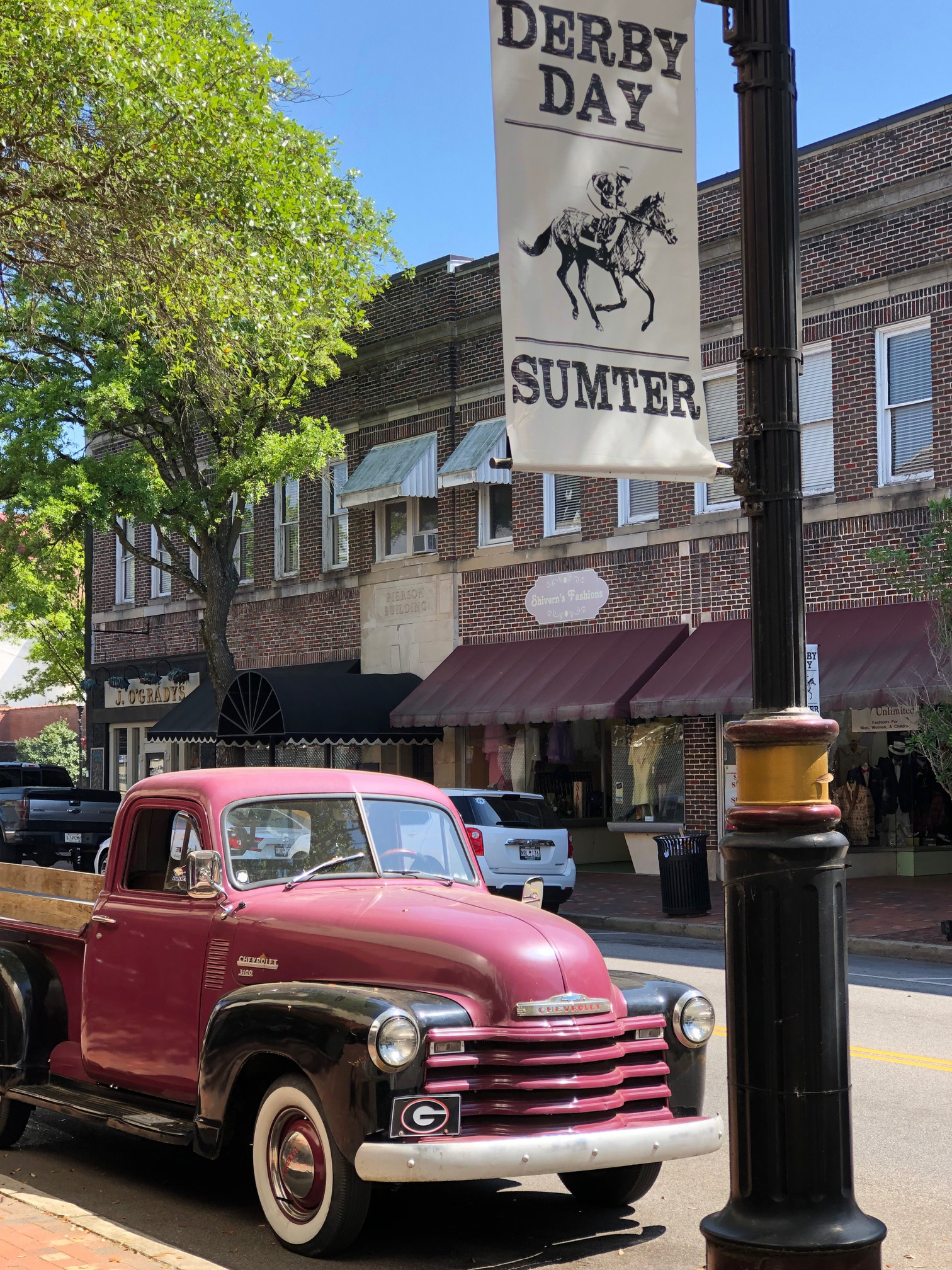
7 Reasons You Should Consider Buying a Home
1. TAX ADVANTAGES
To encourage homeownership, the IRS has provided many tax breaks for owning a home. Credits may be available for specific home improvements, such as using clean energy or for qualified first-time home buyers. The way most homeowners see those advantages is through income tax itemization and deductions like mortgage interest and real estate taxes.
2. STABALIZE MONTHLY HOME COSTS
Owning your own house is one of the safest bets on stabilizing your monthly home costs. There’s no worry of rent getting increased significantly after each year of living in someone else’s home. Additionally, when you answer to yourself, there is no worry of landlord changes or unexpected lease termination.
3. HOUSE HACKING
Generally speaking, house hacking is a smart strategy that involves renting out a portion of your primary residence as a means of generating income to offset your own living expenses. Think turning your finished basement or mother-in-law quarters into an AirBnB! Or consider purchasing a multi-unit duplex or triplex: live on one side and rent out the other! If your home making money while you’re living in it doesn’t sound like your thing, there’s always renting it out after you PCS as an income generating investment property.
4. Increased Privacy
Generally speaking, house hacking is a smart strategy that involves renting out a portion of your primary residence as a means of generating income to offset your own living expenses. Think turning your finished basement or mother-in-law quarters into an AirBnB! Or consider purchasing a multi-unit duplex or triplex: live on one side and rent out the other! If your home making money while you’re living in it doesn’t sound like your thing, there’s always renting it out after you PCS as an income generating investment property.
5. Pets Are Welcome!
For those who choose to rent instead of buying, it can be extremely difficult to find rentals who allow for your
four-legged, furry friends. Landlords often require hefty pet deposits or place heavy restrictions on the number of pets and breeds they allow—if they will even allow pets. When considering quality of life, including beloved pets and the indoor and outdoor space available to them matters. Having the flexibility to include ALL members of your family as a homeowner is priceless!
6. Pride of Ownership
One of the greatest benefits of owning your own home is the pride of ownership that comes along with it. Not only are homeowners more inclined to take good care of their investment with routine maintenance and cleaning, but also they are free to make design choices ranging from hanging artwork on the walls, to paint colors, to customization of closets, electronics, and more. As military families who relocate frequently, having your home reflect who you really are feels important.
7. Safe and Stable Long Term Investment + Forced Savings
Owning a home has historically been one of the safest, lowest risk financial investments that tends to have long-term stability and success. As your home value appreciates and your mortgage balance decreases, what’s left is growing equity with an eventual paid off home. Making a monthly house payment is akin to setting aside a specific amount each month into a savings account—it’s a little difficult to access in the moment, but over time it can build into something significant in the form of equity.

FIVE RESOURCES TO HELP YOU IN YOUR RELOCATION PROCESS

Your PCS is underway!
The home buying and moving transition process has begun. Now what? If it feels like there are a million things to do, don’t fret because you don’t have to do them all yourself. During the relocation process, there are many service providers that can assist you in making your move a smooth one.
Consider these five resources to help you in the process
1. MOVING COMPANIES
Sure, the military offers transportation and relocation services, but many service members decide to coordinate the transfer of household goods themselves. Not only can you often earn money on the difference between moving costs and weight allowances, but you can be assured that you have more control over your belongings. Services that moving companies offer can range from delivery of boxes and pods for the “you-pack” model all the way to full-service logistics companies that will do all of the packing, loading, driving, and unpacking for you.
2. STORAGE
Whether you need to store your household goods for a few weeks until you close on your home or you decide that you have more stuff than square footage, storage companies abound. Sizes, conditions, and contracts vary widely so be sure to do your homework before you commit. Particularly in climates with extreme cold, heat, or humidity, it is important to consider using only climate-controlled storage to ensure the protection of your furniture and temporarily unused items.
3. TEMPORARY HOUSING
It is not uncommon for there to be a short gap of time during a military move between when you arrive at your new duty station and your new home being available to inhabit. No longer are hotels the only option for sticking out a few days or weeks during the wait. Vacation Rentals by Owner (VRBO) and Airbnb are great options to make you feel more at home while you wait for your home. In fact, why not take advantage of seeing your new city through the eyes of a tourist? Find a location near new local attractions and dining and enjoy a few days of getting to know the lay of the land.
4. USPS/IRS
Once you get settled in at your new home, it’s important that you alert agencies that will make sure your current and up-to-date address is on file. The United States Postal Service (USPS) and the Internal Revenue Service (IRS) are two of the most important and by doing so, any important mail or documents in your name should be forwarded or sent along to your new address. It’s also a good idea to notify banks, credit card companies, and other debt collectors of a change of address. These days nearly all of these transactions can be handled online.
5. DISCARD & DONATE SERVICES
No matter how much you purge, toss, organize, minimize, or donate before you pack up the moving truck, it never fails that after you get unpacked on the other side there seems to be more stuff to declutter. Discard and donate services can help with this. Many are a phone call away and will happily come to your residence for a pickup. Others are structured where you simply drop off at a store. A lot of these services are charitable organizations and will offer you documentation for your own taxes based on your donation. It’s a win-win: you downsize by donating, and someone else benefits from your use of your items.

